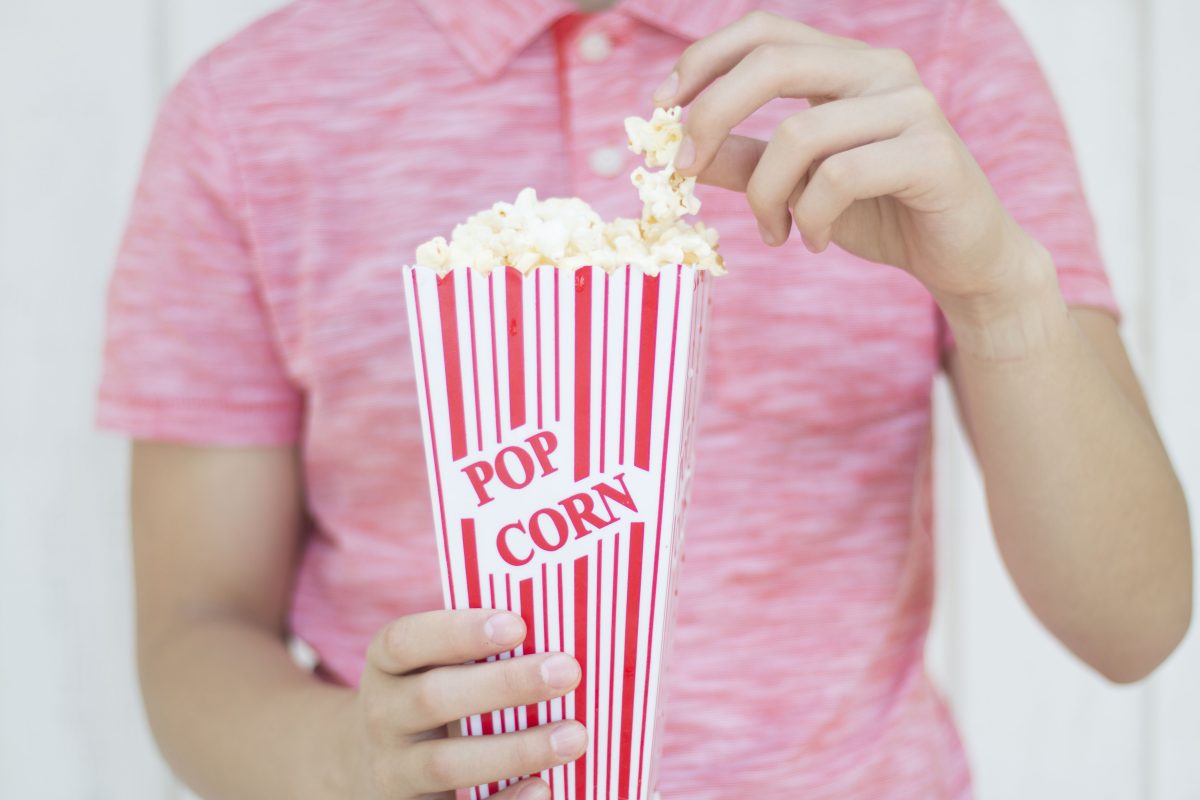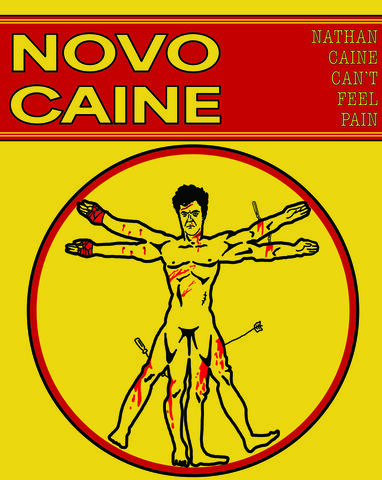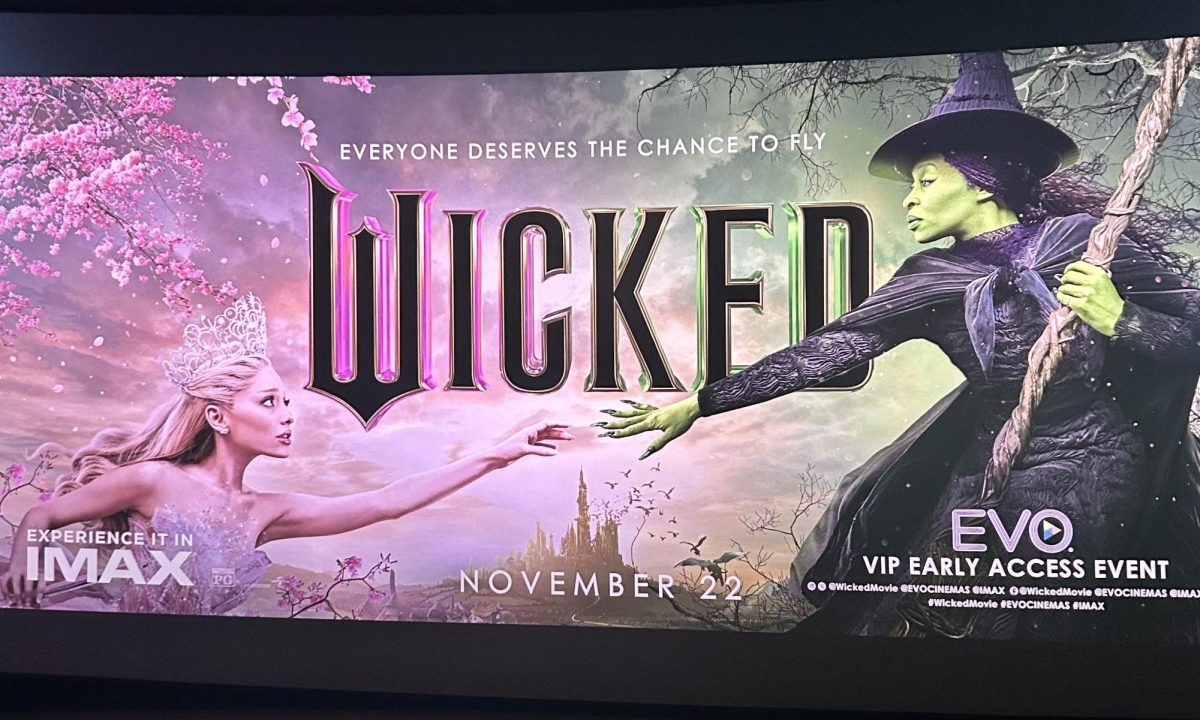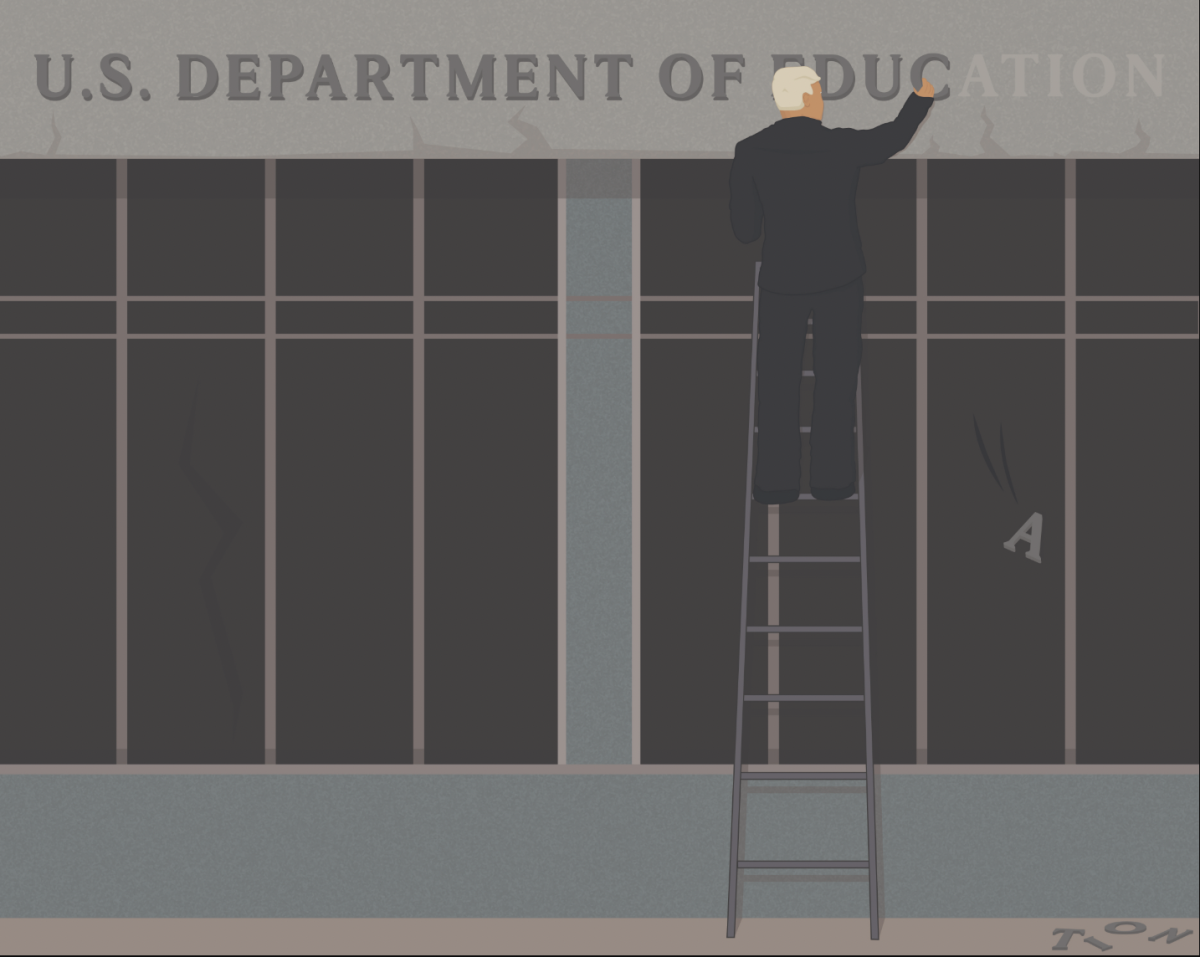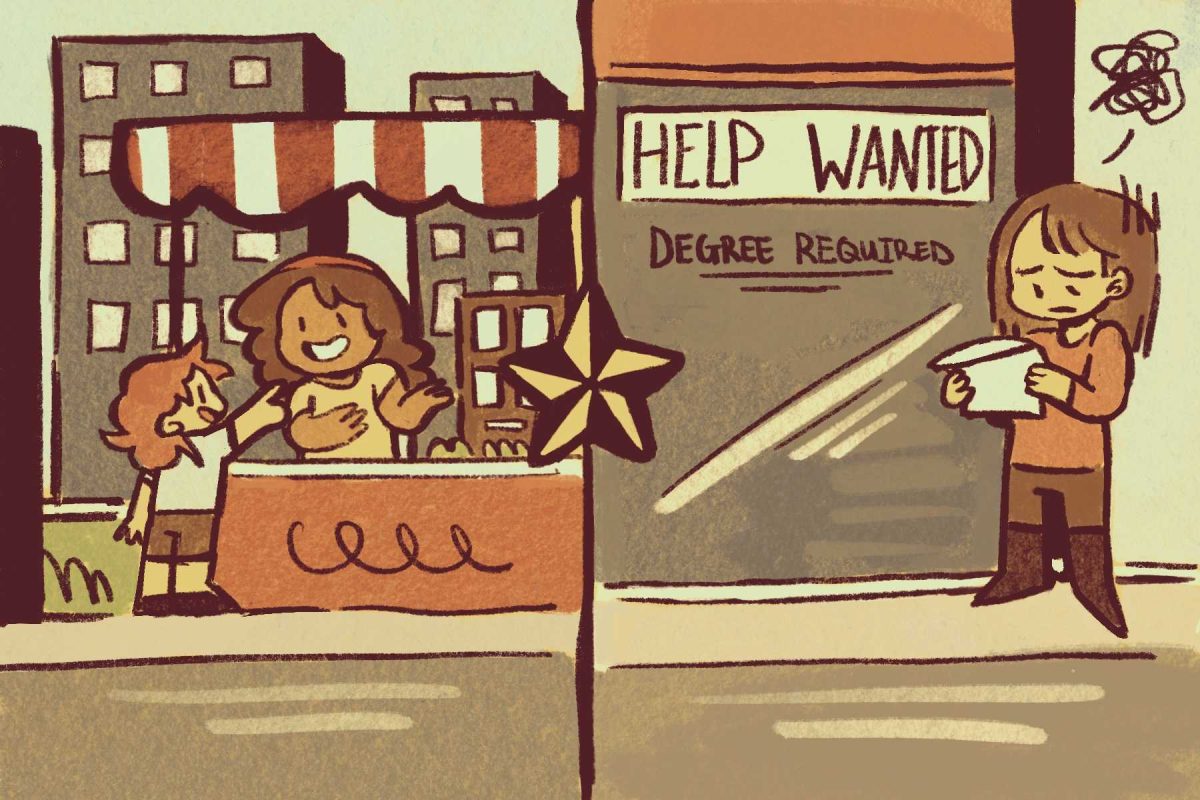With diversity being a hot button topic, there’s been a long overdue push to include more women in important conversations and in positions of power. The strive for inclusion not only promotes a more even playing field for filmmakers and executives regardless of gender, but also allows the film medium to tell more stories from different perspectives and offer the representation to inspire subsequent generations of women in film.
This year at SXSW, women truly rule the circuit. Of the ten films up for contention in the narrative feature competition, eight have female directors. Three of these films in particular showcase important messages through both excellent young female leads and women behind the camera.
The first of these films is “Sadie,” which tells the story of an adolescent girl’s troublesome relationship with her mom, community and self while waiting for her military father to return from overseas. “Sadie” represents two vulnerable communities well: children of deployed military personnel and children growing up in the lower class. The character’s strength throughout these conflicts is well-developed and shown, not told. And while most of the adult characters in this movie have evident faults, the young people remain likable and elicit empathy until the very end.
Next is the coming of age story, “Jinn.” The film’s place in the festival is important because it’s directed by a black Muslim woman and features a cast predominantly of color. The movie follows Summer, a teenage girl in Inglewood, whose life is disrupted by her mother’s conversion to Islam. Director Nijla Mu’min drew upon her own experiences as a Muslim woman to bring this story to the screen and the execution is excellent. “Jinn” depicts a variety of Muslim characters’ ways of life and breaks commonly accepted conceptions of what it means to be a Muslim woman in the United States.
The strongest part of “Jinn” is its approach to faith. Islam is not seen as an oppressive instrument against women nor does the movie only paint it in a strictly positive light. Instead, it illustrates how complex ideas like religion and community can impact our interpersonal relationships, for better or worse. And much like Sadie, “Jinn” has a well-written depiction of a mother-daughter relationship, which lays the basis for the conflict and resolution of both films.
Lastly, “The New Romantic” tackles the ethics and experiences of dating for gifts and money from the perspective of a college student writing for her university’s newspaper. While a little more lighthearted than the previous two movies, “The New Romantic” still has a message worth considering and brings nuance to the topic. Much like the exploration of the Islamic faith in “Jinn,” “The New Romantic” does not label the main character’s experiences of being a sugar baby as completely debilitating or completely empowering.
Watching these three stories in this order served a greater, de facto theme of growing up from the female perspective, connecting seemingly unrelated movies together in one common thread. All three movies star young upcoming actresses staking a claim in their world when others keep telling them they can’t. The freshness of this year’s narrative competition is exactly what festival audiences need this year. Hopefully, their SXSW premieres will only be the first step in reaching a larger audience and showing viewers women are ready to take the reins in film.
– Zach Ienatsch is a journalism senior
Categories:
SXSW film festival analysis: women in film
March 12, 2018
Photo Illustration by: Cassandria Alvarado | Former Staff Photographer
0
Donate to The University Star
Your donation will support the student journalists of Texas State University. Your contribution will allow us to purchase equipment and cover our annual website hosting costs.
More to Discover



